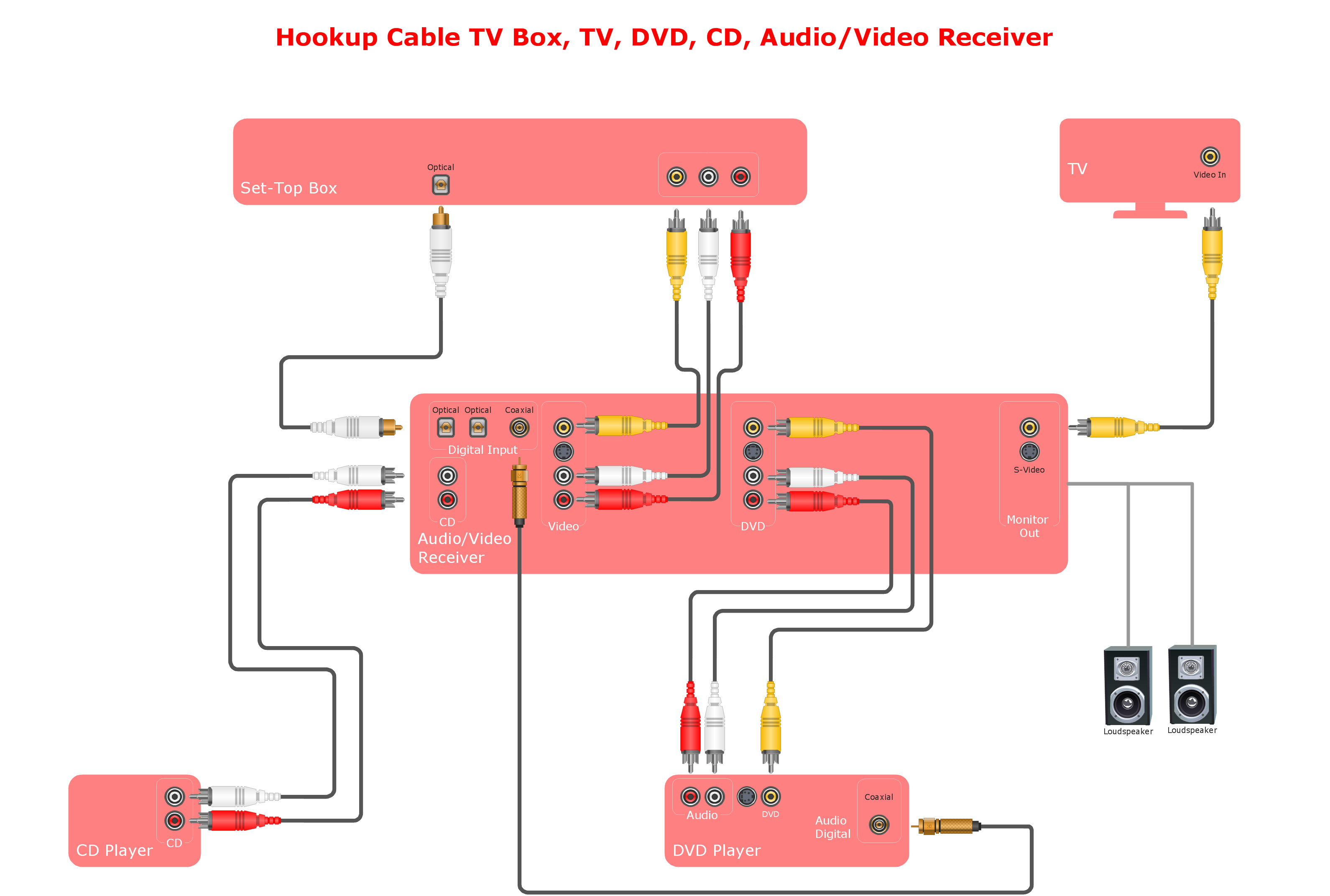Revolutionizing Transmission with Cutting-edge Sound over Internet Protocol Technologies toward a Integrated Future
The realm of media is undergoing a significant shift thanks to cutting-edge sound over IP (AoIP) solutions. These advancements are revolutionizing the way audio content is created, delivered, and consumed. Audio over IP is defined as the method of transmitting audio streams over a computer system, using Internet Protocol (IP) rather than traditional analog techniques. This change not only enhances the standard of audio transmission but also provides media professionals with greater freedom and control over their content.One key advantage of audio over IP technology is its ability to link multiple devices and technologies seamlessly. Classic broadcasting often relied on intricate wiring and tangible connections, which could be burdensome and limited. With AoIP, broadcasters can easily interface mics, audio consoles, and other devices through a common infrastructure. This integration allows for remote broadcasting and live transmissions from virtually any place, making it easier to connect with audiences across the world. As a result, broadcasters can respond quickly to ongoing events and listener demands, leading to more vibrant and engaging programs.
Additionally, AoIP systems facilitates high-quality audio standards that improve the auditory encounter. In contrast to conventional broadcasting methods, which may diminish sound standards, audio over IP can maintain the integrity of the audio signal throughout the transmission process. This implies that audiences can enjoy crisper and richer sound, regardless of whether they are listening in via terrestrial radio, broadcasting over the internet, or using portable devices. The capability to provide premium audio is particularly crucial for musical and discussion programs, where each nuance matters to the listeners.
Additionally, the adoption of audio over IP systems can lead to financial efficiencies for media companies. By leveraging existing infrastructure infrastructure, organizations can eliminate the need for expensive hardware and large-scale cabling. This not only lowers initial costs see this here but also decreases operational costs over time. Media firms can distribute resources more effectively, investing in production and human resources growth. As a consequence, the entire broadcasting industry can benefit from increased innovation and creativity, as financial resources are redirected toward improving programming and engaging with audiences.
In conclusion, the shift towards audio over IP systems is changing the media landscape. By enabling seamless connections, enhancing audio standards, and lowering costs, AoIP is clearing the path to a better integrated future in broadcasting. As media organizations continue to adjust to these changes, they will be better equipped to meet the needs of their listeners, produce compelling programs, and stay competitive in an constantly changing industry. The prospects of broadcasting is bright, and audio over IP will play a crucial role in defining the manner in which we interact with audio programming in the years to come.
